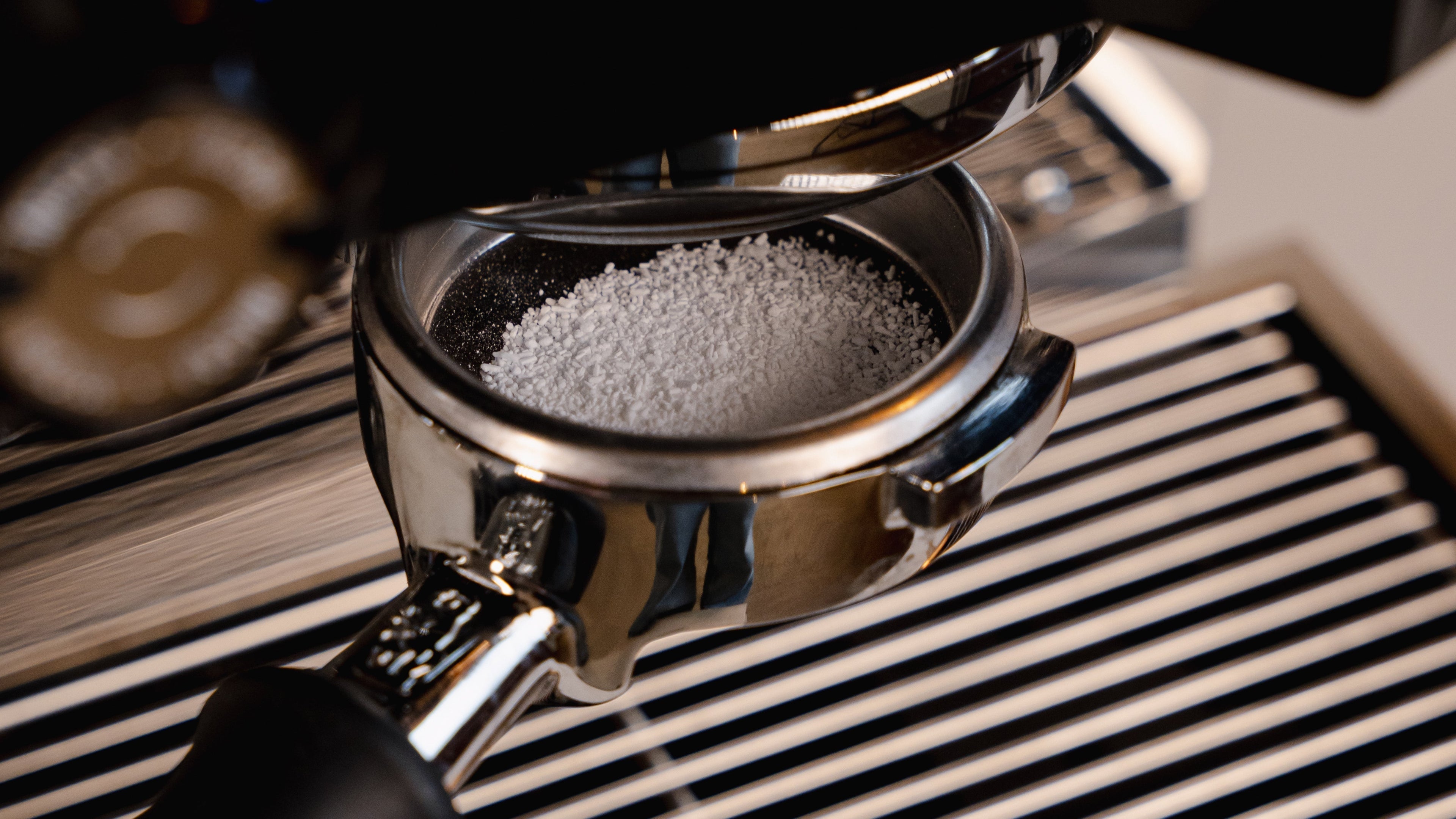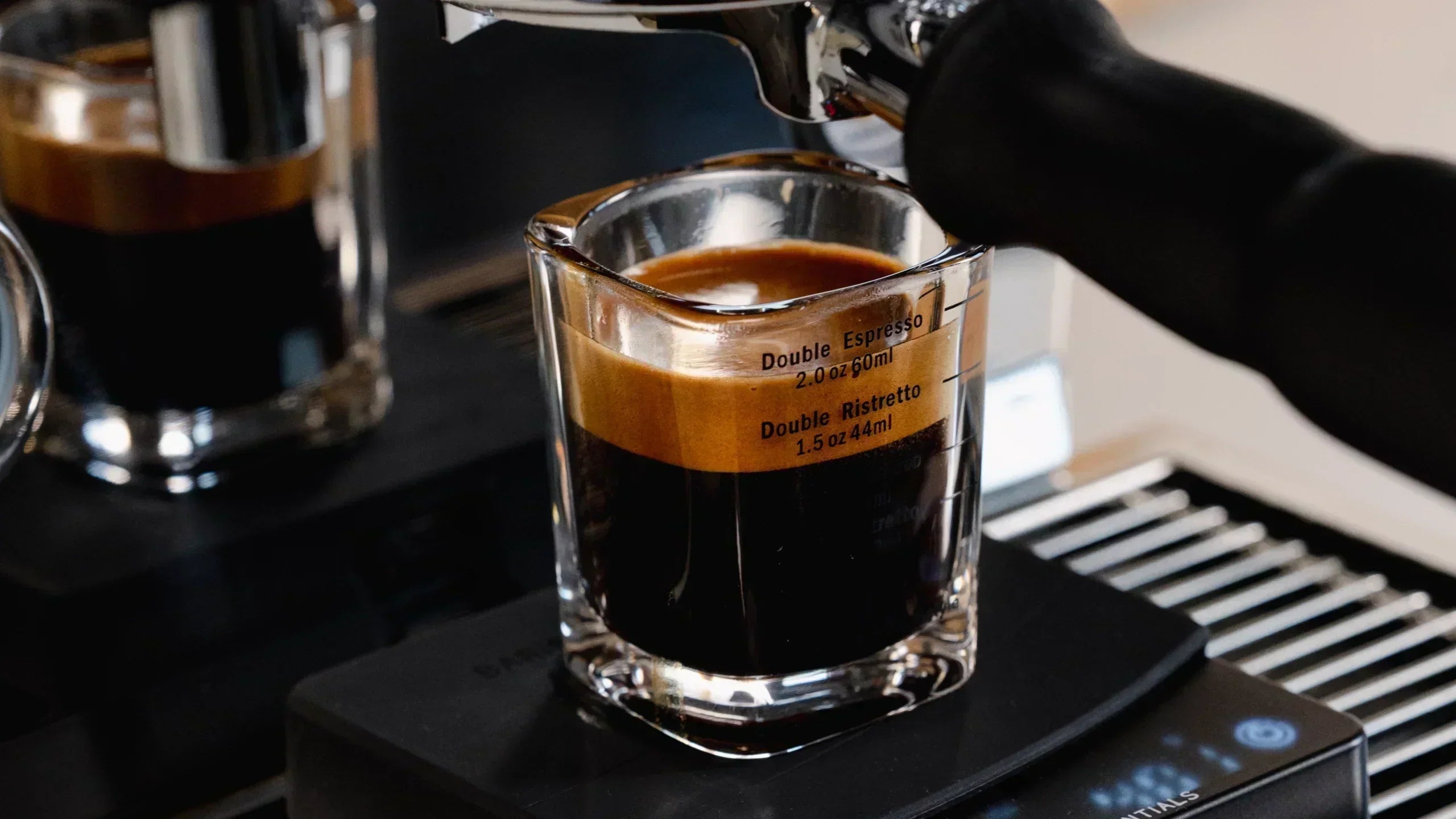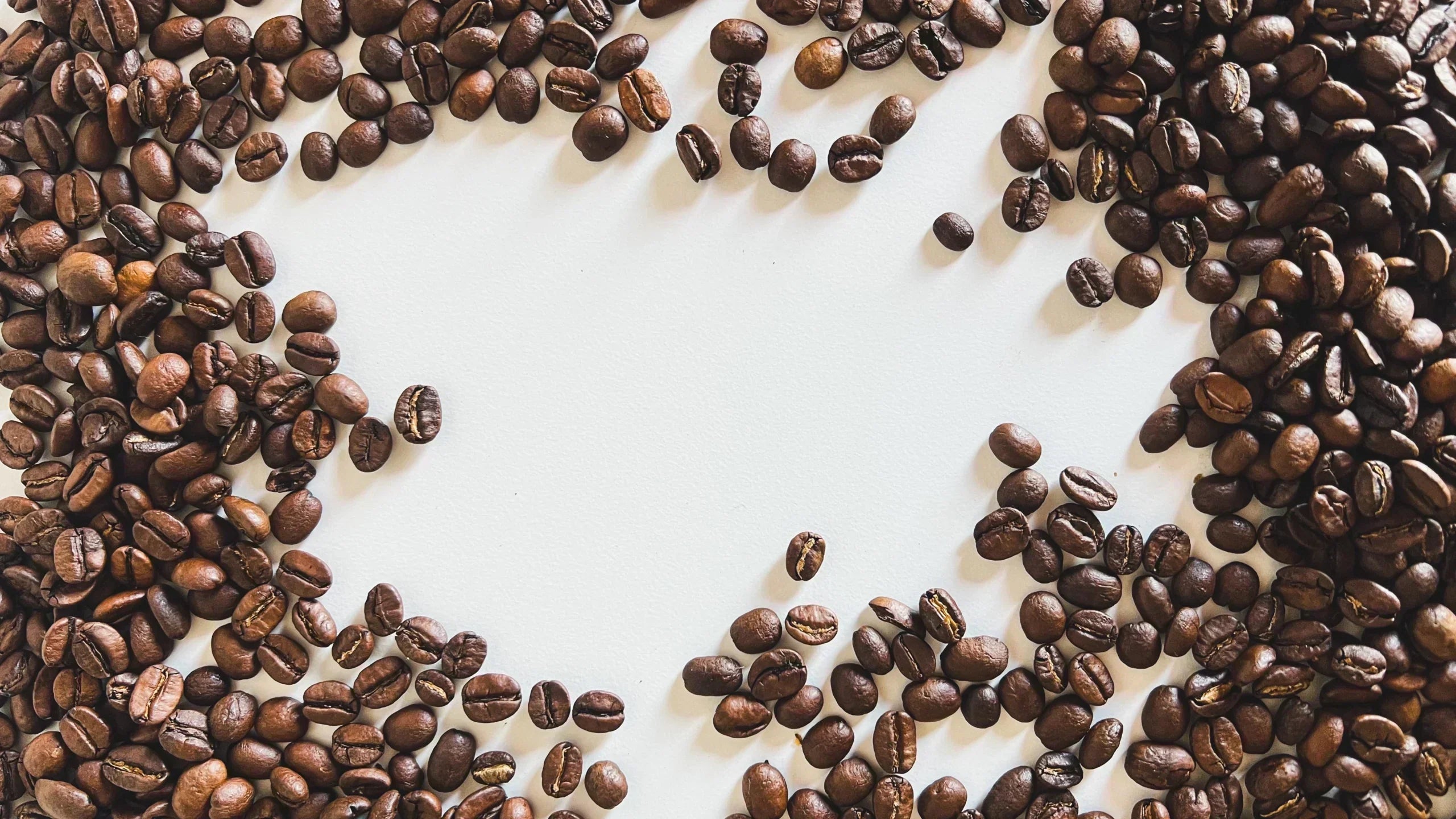In this blog, you’ll find answers to the most frequently asked questions, and learn why backflushing your espresso machine is so important for both you and your machine.
It helps keep your machine clean and your espresso balanced in taste.
What is backflushing?
When you pull an espresso shot, oils and fats are released that build up inside the brew group.
Backflushing your espresso machine is a cleaning cycle that removes these residues from the E61 brew group, keeping the inside clean and your espresso tasting great.
You don’t need to backflush every day.
On one hand, the oils and fats actually help keep the rubber seals and internal parts flexible.
On the other hand, if too much residue builds up, it can damage the group head and negatively affect the flavor of your espresso.
How often should you backflush an E61 brew group?
Opinions vary, both online and among baristas, about how often you should backflush your espresso machine.
In this blog, we follow the general advice for a home barista who makes around two to three espressos per day.
In cafés, a cleaning cycle is done daily, but that’s not necessary at home.
We recommend doing a backflush once a week using hot water only, without any detergent.
This helps flush out oils and coffee residues that have built up over time.
Additionally, we recommend backflushing with a group head cleaner every three months for a deeper clean.
What do you need for backflushing?
You don’t need much to keep your machine clean.
First, make sure your espresso machine is warmed up and equipped with an E61 brew group and a stainless-steel blind filter.
You’ll also need about four doses of group head cleaner per year to perform a detergent backflush once every quarter.
How do you backflush your machine?
Running the full cleaning cycle takes about 15 to 30 minutes, but it’s absolutely worth it — and really important!
Your espresso machine gives you amazing coffee every single day and helps you start your morning with a smile.
So take good care of it, your machine deserves it. ☕💪




